The battle for light rages on. A report from a thermal power plant destroyed by Russian forces
Ekonomichna Pravda has visited one of the thermal power plants (TPPs) destroyed by a Russian missile. How are power engineers repairing TPPs to bring heat and power to Ukrainians? A drop in air temperature has forced Ukrainians to switch on heaters. This has caused a surge in the consumption of electricity, which is expected to be in short supply in the winter.
Russia has destroyed nearly 90% of the flexible generation capacities operated by DTEK, Ukraine's largest energy company, which is owned by Ukrainian businessman Rinat Akhmetov. Some plants lie in tatters, beyond repair. Ekonomichna Pravda visited one of the TPPs, which was destroyed by Russia in May 2024.
Is there any hope of rebuilding it?
Advertisement:Ekonomichna Pravda does not disclose the TPP's name for security reasons. An infrastructure facility A TPP is more than merely a power plant.
It's a vast facility comprising a network of buildings, with surrounding infrastructure developed over the years. The lives of residents in nearby towns and villages revolve around the plant. One thermal power plant supplies heat to thousands of homes and electricity to even more.
Local residents often work at such power plants all their lives, sometimes even for generations. Together with its satellite towns, TPPs form a separate ecosystem with thousands of employees.
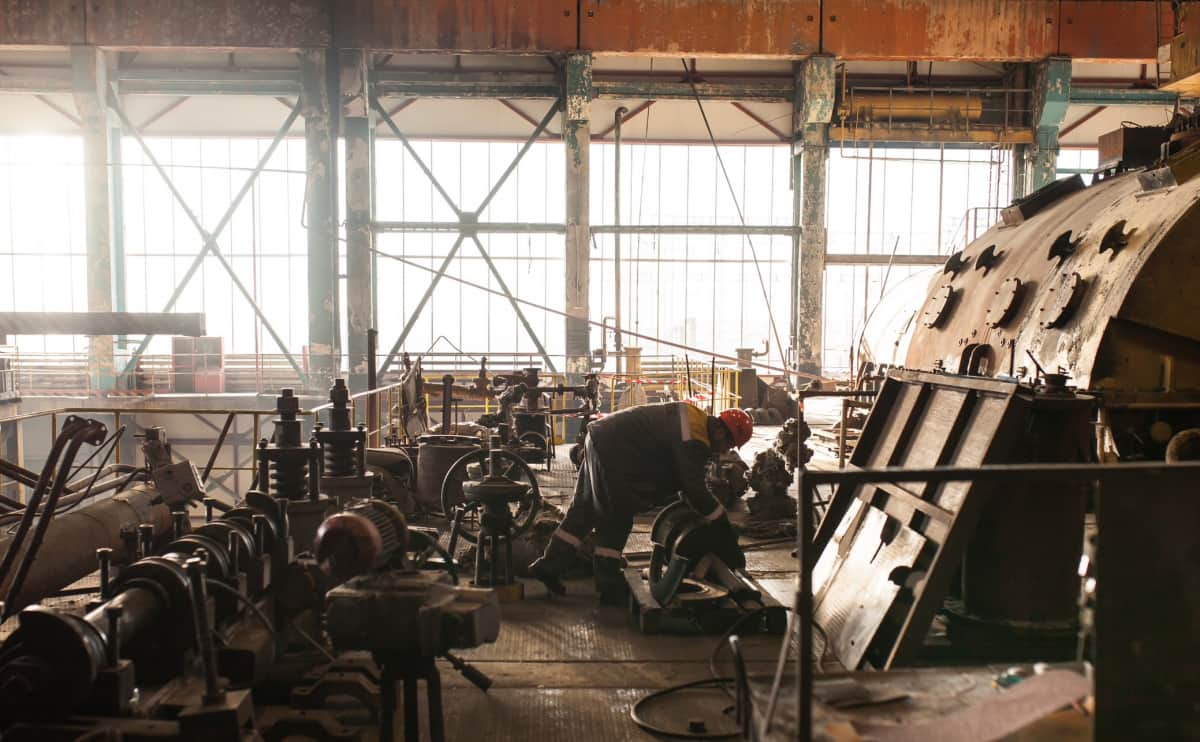 ALL PHOTO: VITALII KHARKO FOR EKONOMICHNA PRAVDA
ALL PHOTO: VITALII KHARKO FOR EKONOMICHNA PRAVDA
On a warm spring day in 2024, Russia ruined in minutes what had embodied this infrastructure for over half a century. Locals immediately knew what had been struck as windows in their homes shook from the impact.
The flames that engulfed the plant rose higher than the buildings themselves. TPP employees initially fought to extinguish the fire before firefighters arrived, but the threat of a repeat missile strike forced everyone to take cover once again. The workers don't recall how long it took to extinguish the fire.
The adrenaline rush made time blur. The flames consumed everything in their path - pipes, plastic, metal structures; even concrete couldn't withstand the heat. Now, the power plant stands partially without a roof or walls, though stairs remain for power engineers to get around the site.
Chaos, dust, and construction debris fill the area, and once-critical equipment has been reduced to rubble.
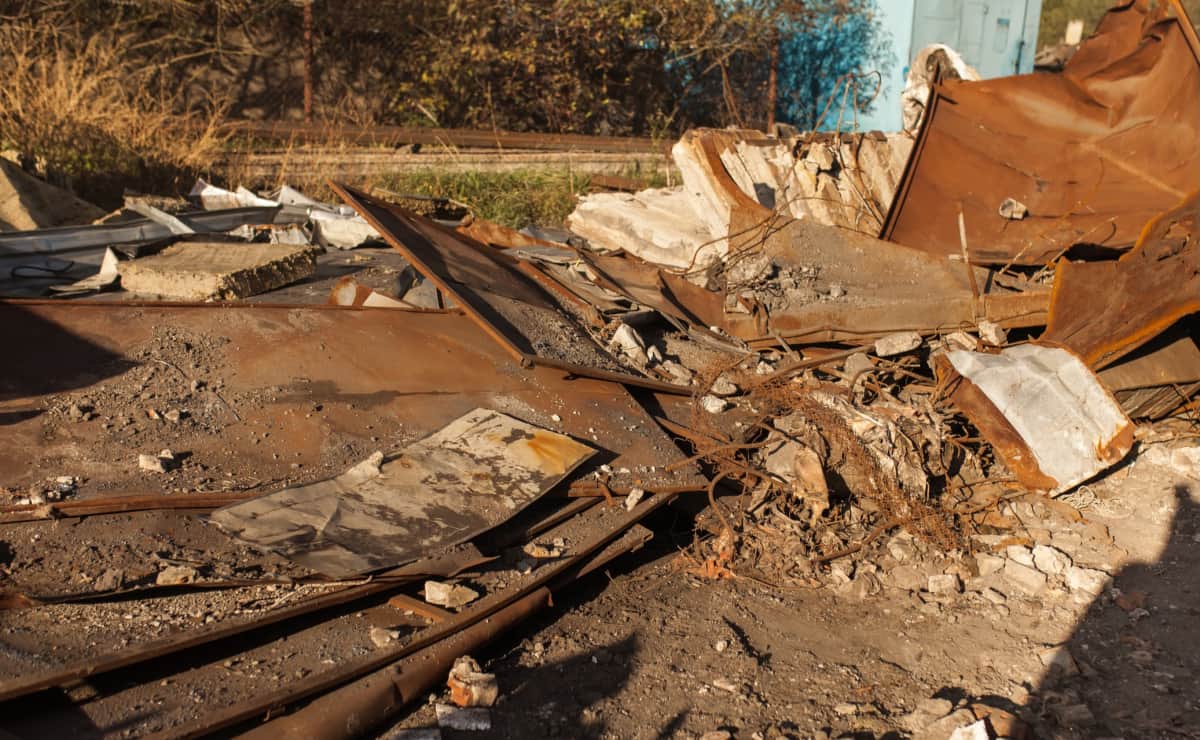
A strong draught sweeps through the plant due to the absence of certain building structures, leaving the cold to envelop nearly all its visitors. The word "almost" is used because cats and dogs still come to the once-warm stoves out of habit, hoping to find warmth.
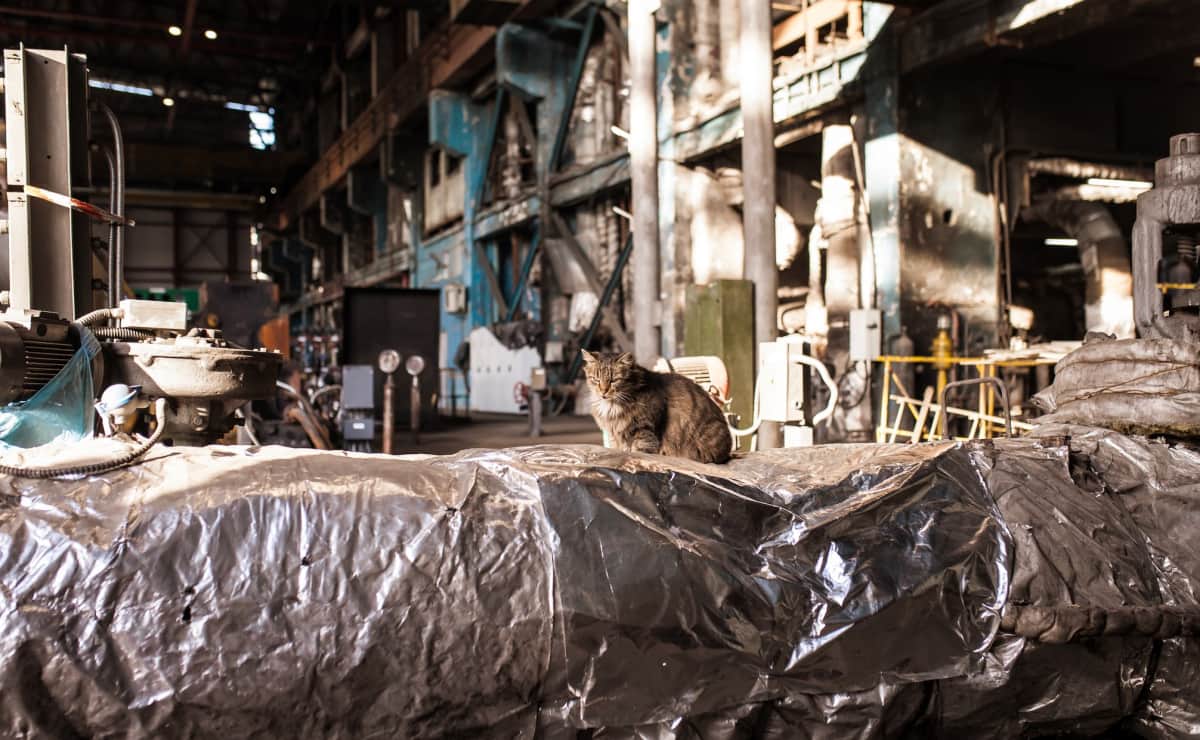
The heating season has started in Ukraine, so power engineers are trying to recover at least part of the plant's capacity to provide heat to the local population. Russian forces have bombarded DTEK's TPPs more than 190 times since the start of the war.
Power engineers have had to partially rebuild the plants from scratch more than 40 times. The plant visited by an Ekonomichna Pravda journalist has been struck multiple times. This isn't the first time its employees have had to rebuild the facility.
They dread that, after yet another repair, it will once again be targeted by Russian forces. However, they believe it must be rebuilt because people need electricity and heat. So the battle for light rages on.
What happened at the plant after the strike The entire staff of the TPP stays in the bomb shelter during each air raid. "The destruction was devastating, but not a single person was injured," says Orest, a shift supervisor at the plant who has been working there for over 25 years. He recalls the start of the air raid that day: all the workers were on edge.
Then an explosion erupted. "I saw smoke and fire. Even without waiting for post-attack air surveillance, the watch staff grabbed fire hoses and tried to contain the fire," says Orest. The power plant employees contained the fire before firefighters arrived.
Andrii, the chief specialist in the steam turbine room, also took part in these efforts.
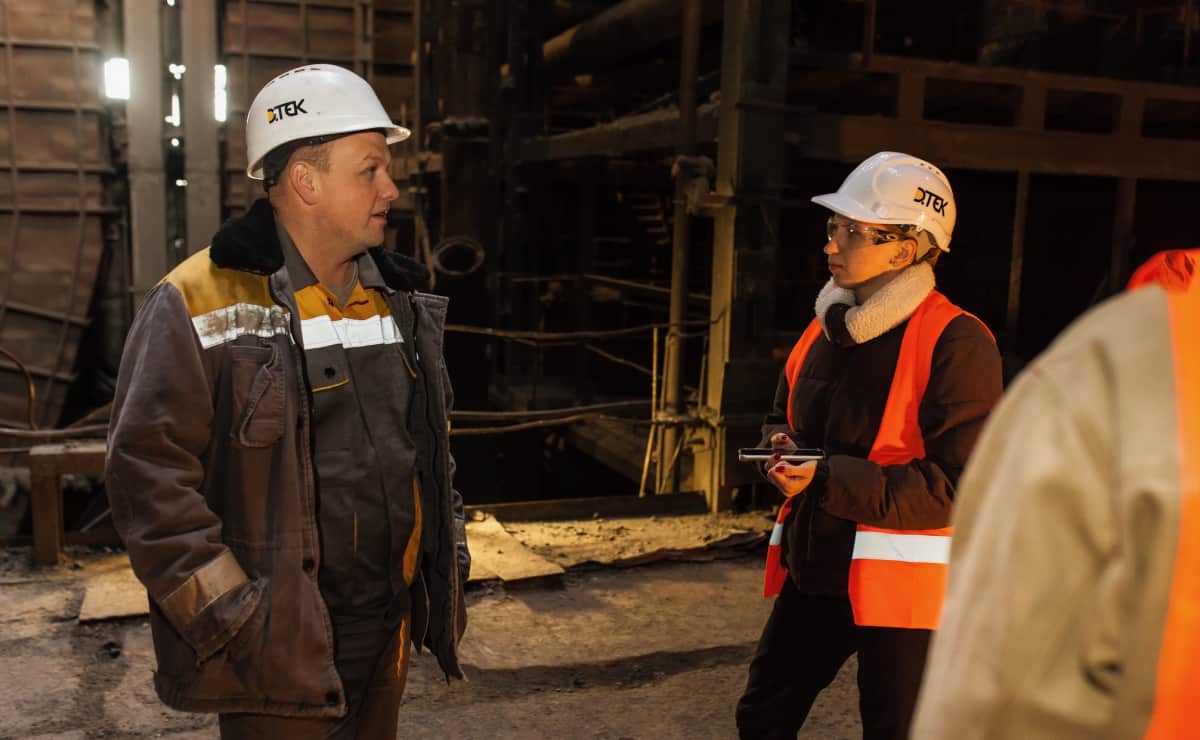
"Everything was engulfed in black smoke, and the floor was collapsing. I gathered the operational staff to contain the seat of the blaze. Just as we began, a second air-raid warning was issued [because the Russians had] launched Kinzhal [hypersonic missiles].
Once the all-clear was given, we returned with gas masks and oxygen cylinders to continue fighting the fire," he recalls. Andrii says his emotions after extinguishing the fire are difficult to put into words. "You sit down, wrestling with despair, and have no clue what to do. It's been a year and a half since the first strikes; we got everything up and running, and then, in just five minutes, it's all gone to pieces again.
You just sit there and want to cry," said Andrii, who has been working at the plant for 12 years.

The fire caused certain pieces of equipment to shut down automatically while employees turned off others manually. An emergency shutdown automatically halts the gas supply to the boiler and shuts down the pumps and turbines, helping to prevent additional destruction or damage to the process equipment. The long journey to rebuilding the plant began once the fire was put out.
What is happening at the plant Power engineers have assessed that the total area of critical damage to the TPP is around 18,000 sq. m. Employees are joking that the plant could be used as a film set for a Terminator movie.
The first thing that grabs your attention is the missing walls and roof. The ceiling partially collapsed from the strike, and the plant's staff haven't yet had time to clear the rubble. In some areas, fragments of burnt metal litter the ground, ranging from small bits to massive pieces.
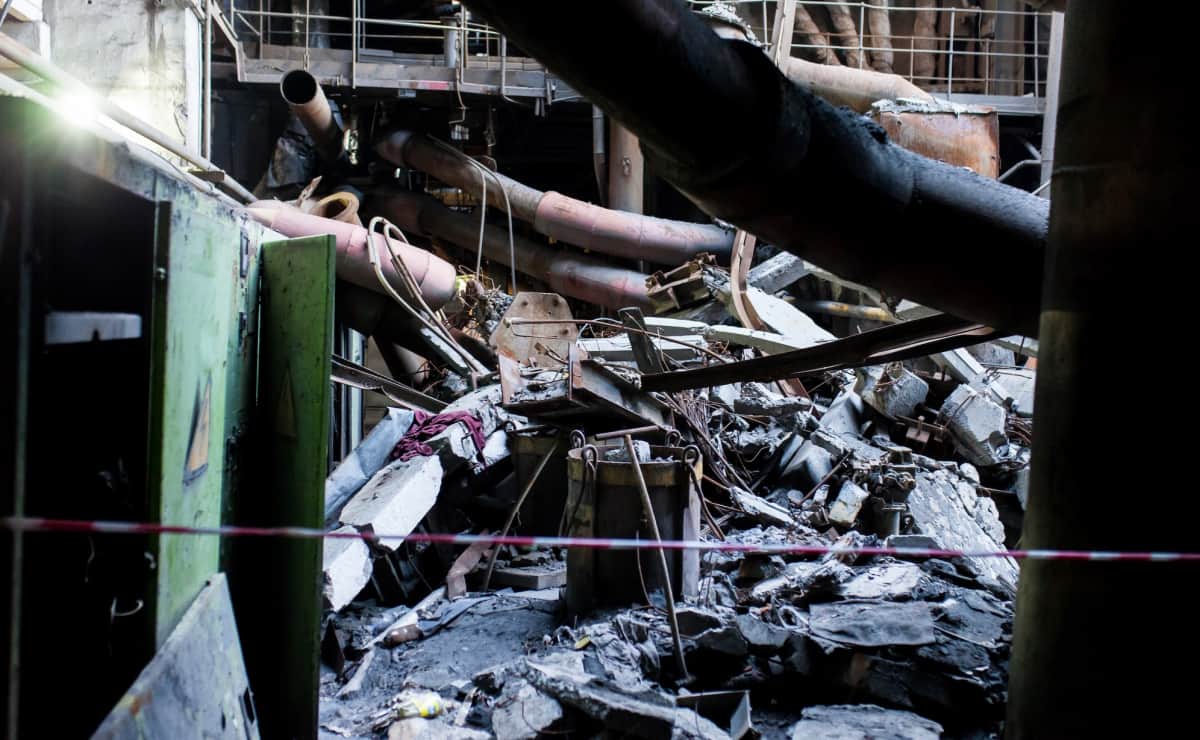
The metal stairs used by power engineers are still in a solid condition.
However, a wall no longer separates them from the outside world.
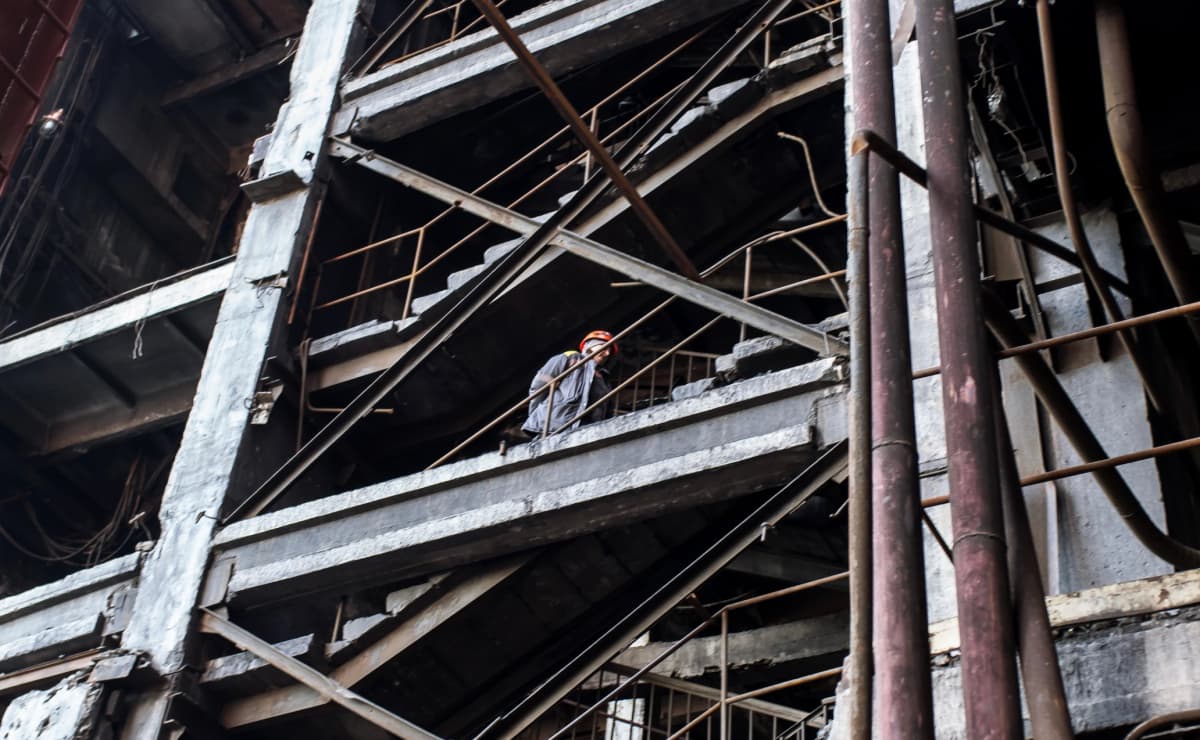
Dust and dirt cover everything, blanketing the floor and structures. Fragments of thermal insulation remain on the burnt pipelines. Workers warn that the biggest threat is frost.
After just a few days of cold weather, the pipes will begin to freeze, leading to a lack of water supply and causing the equipment to become unmanageable. "We are heating the pipes with gas burners. If something stops working, we fix it.
In other words, the main work of repairing and cleaning the plant is accompanied by other related problems," says Andrii. Almost all employees are involved in rebuilding the plant to some extent, and DTEK has not laid off anyone. There's a constant noise all around; you can hear clanging from every corner as people and machines work - repair efforts are in full swing.
Some equipment is being covered inside the TPP building since there isn't enough time to install a new roof before the frost sets in. Power engineers are doing their best to protect the most critical facilities from freezing.
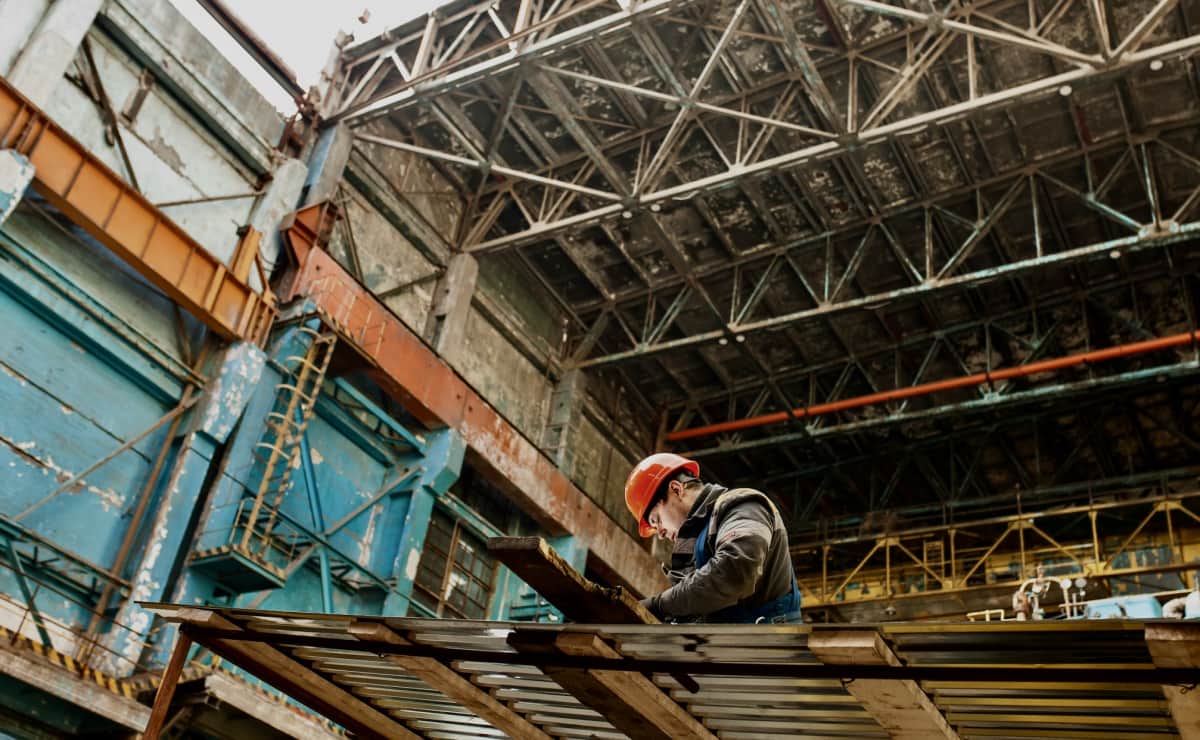
"Smile, they're taking pictures of you," one worker jokingly tells another. "There's nothing to smile about. You can see what's going on around you," the other replies.
Piles of rubbish and metal have accumulated outside the plant, with workers cutting it into smaller pieces. The staff is in a determined mood, but they worry that it could come under Russian fire once more after the station is rebuilt. For now, their main focus is on providing consumers with heat and electricity.
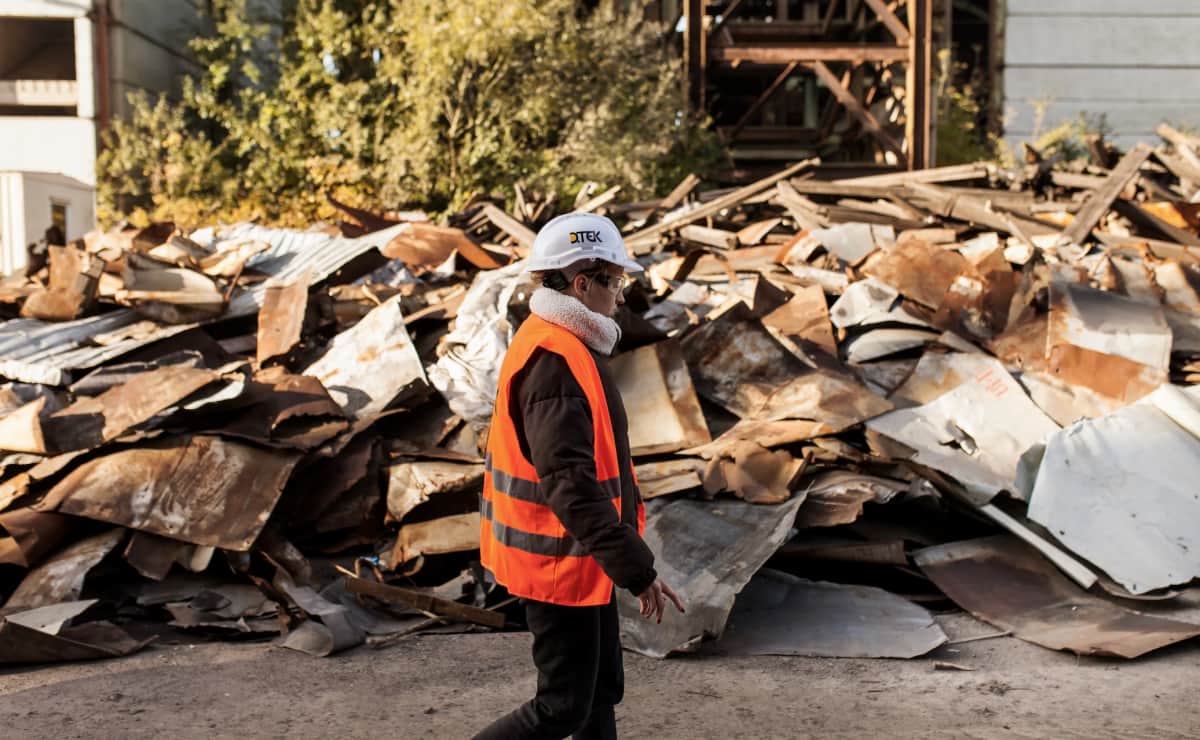
DTEK reports that it has removed 200 lorry-loads of waste over the past few months, some taken to special landfills and others sent for scrap.
The proceeds from this waste are being used for reconstruction efforts. Power engineers are working around the clock, with the primary goal of restoring the plant's capacity to at least 200 MW. For context, Kyiv consumes around 1,000 MW, which is five times more than that.
Why TPPs and CHPs are critical for Ukraine Russia has altered its tactics for attacking the Ukrainian energy sector multiple times. In the spring and summer of 2024, the Russians aimed to destroy flexible generation capacities, namely TPPs, combined heat and power plants (CHPs), hydroelectric power plants, as well as solar and wind generation facilities.
Over 50% of Ukraine's electricity is generated by "inert" nuclear power plants. However, flexible generation capabilities are also crucial for the power grid. They can be quickly launched during peak consumption hours to maintain the balance in the power system or, conversely, shut down to prevent overvoltage in the grid.
How does a thermal power plant work? The plant features a boiler that heats water using fuel, converting it into steam. This steam is then directed to a turbine, which spins a generator to produce electricity.
The electricity is transmitted to consumers via transformers. If the grid has an excess of electricity, emergency assistance from other countries can be requested. For instance, Poland has frequently supported Ukraine's power system by taking away surplus electricity.
Balancing also works in the reverse direction. Until 2022, TPPs and CHPs were responsible for generating approximately 30% of electricity in Ukraine. However, seven waves of large-scale attacks from March to June 2024 damaged or destroyed 90% of DTEK's thermal generation.
The destruction of flexible generation capacities severely restricts the ability of Ukrainian energy companies to balance the grid.
Translation: Artem Yakymyshyn
Editing: Susan McDonald